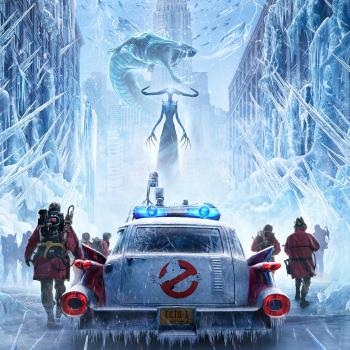Review of Tracks, Directed by John Curran
In 1977, Robyn Davidson trekked across 1,700 miles of Australian desert. The journey, sponsored by National Geographic, was documented by photographer Adam Smolen and later became a memoir with the eponymous title Tracks. Now, the story is on the big screen, starring Mia Wasikowska and Adam Driver as the reckless Ms. Davidson and her camera-toting partner Mr. Smolen. Tracks is about a woman who, when asked why she decided to undertake the endeavor, responded, “Why not?”
For those expecting a survival story with seemingly insurmountable obstacles, ingenious solutions, and mind-boggling perseverance (think All is Lost), then you will be sorely disappointed. Tracks is an ambient film designed to be experienced, with its stunning shots of the outback and close-ups of camels that somehow leave you mesmerized. Knowing myself to be someone who has a strong preference for movies with solid plot lines and well-developed characters, I was surprisingly pleased with Tracks.
The trek’s purpose is not entirely clear. It may be something to do with her father’s own attempts at being an explorer, but Robyn denigrates the idea, denying her father any such status. The only clear motivation is that Robyn dislikes most people. She wants to get away. From the opening scenes when she arrives in Alice Springs, a fringe town, in order to learn how to tame feral camels, to her isolated living conditions, we learn she prefers the company of animals. Her dog, Diggity, is her closest companion. The four camels she eventually acquires (Dookey, Zelly, Bub, and Goliath) are her family. She never shows much outward affection for Adam, even after a bout of romance. Robyn shuns all the tourists trying to take pictures of the “Camel Lady.” Perhaps the only human for whom she expresses moving love is an aboriginal elder with whom she cannot even communicate fully. 
From Alice Springs to the Indian Ocean, we learn very little of Robyn’s background, other than that her mother killed herself and as a young girl she had a strong attachment to her labrador. This is just barely enough to make us care. Perhaps the desire for isolation, to get out of stifling civilization, is enough of an empathetic connection? That will be for the viewer to decide.
Undoubtedly, Tracks evokes that feeling we all get once in a while to do something insane (or at least a good number of us) or break free from social fetters. It’s always nice to get out of the city once in a while to remind us that there’s more to life than the busy ins and outs of daily routine. Without reading too much into Tracks, the almost visceral draw of nature is a moving apologetic. What makes us desire to “commune with nature”–something bigger than ourselves and our schedules? Why do we so deeply appreciate scenes upon scenes of Australian desert?
My only complaint was that the isolation was not heavy enough. Tracks is utterly infused with music. There is hardly ever a scene with a long stretch of silence. The director may have feared that silence would break the magic, but perhaps the magic is meant to be broken. Isolation and silence. Things of great benefit that we often forget about. And to be true to reality, to really empathize with Robyn in her trek, I think good doses of silence would go a long way.












